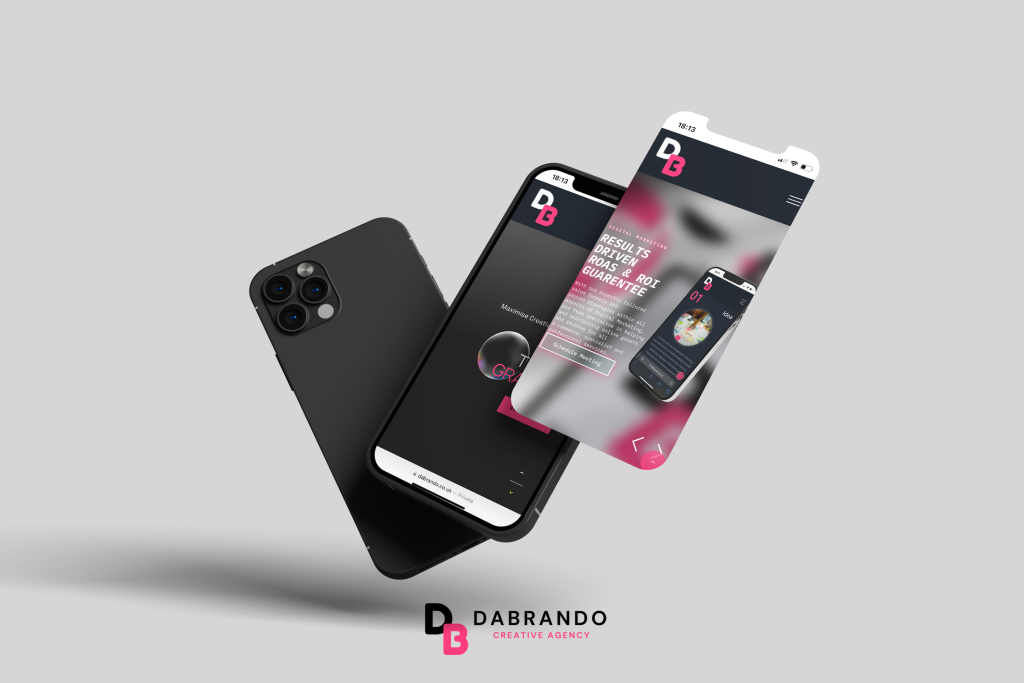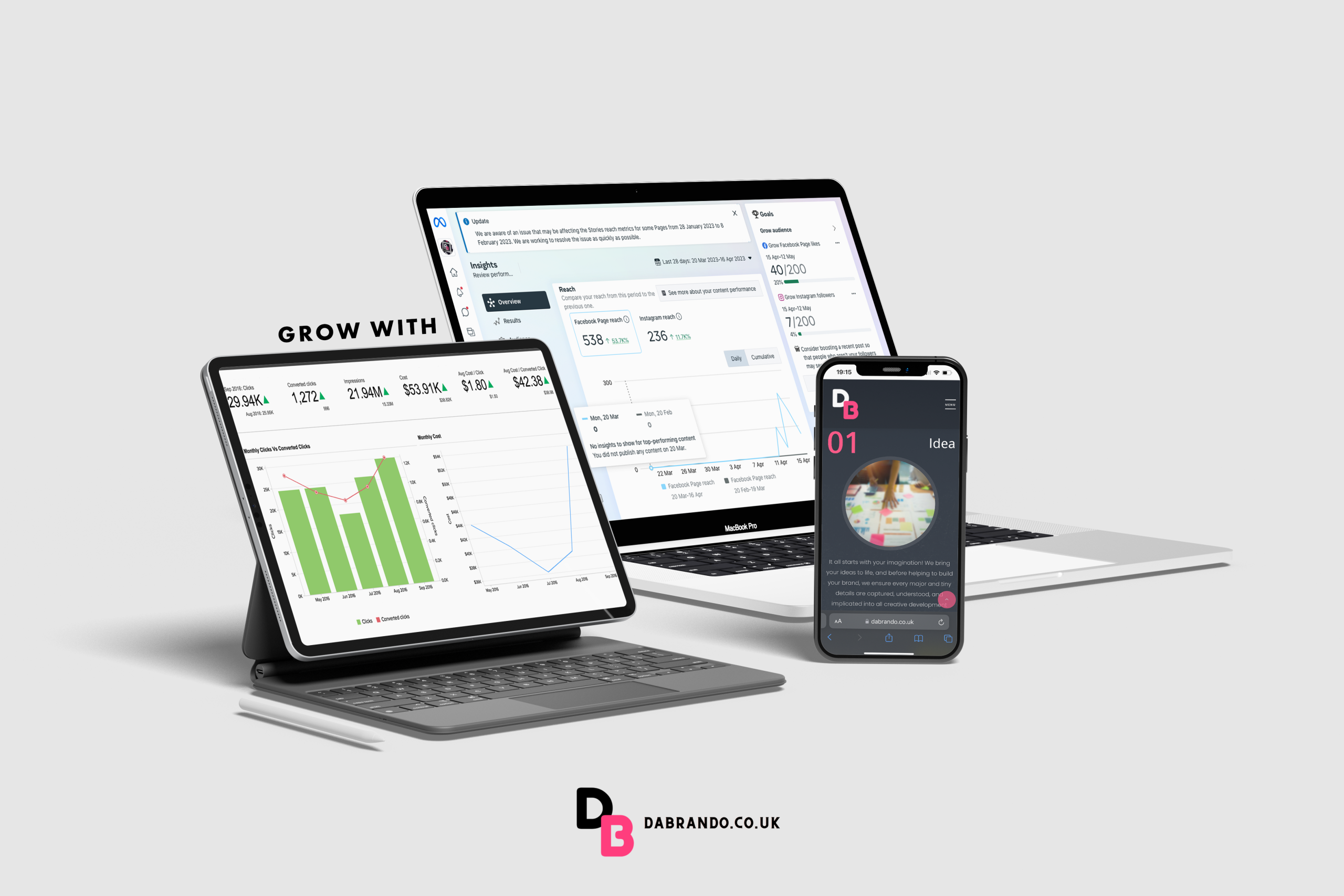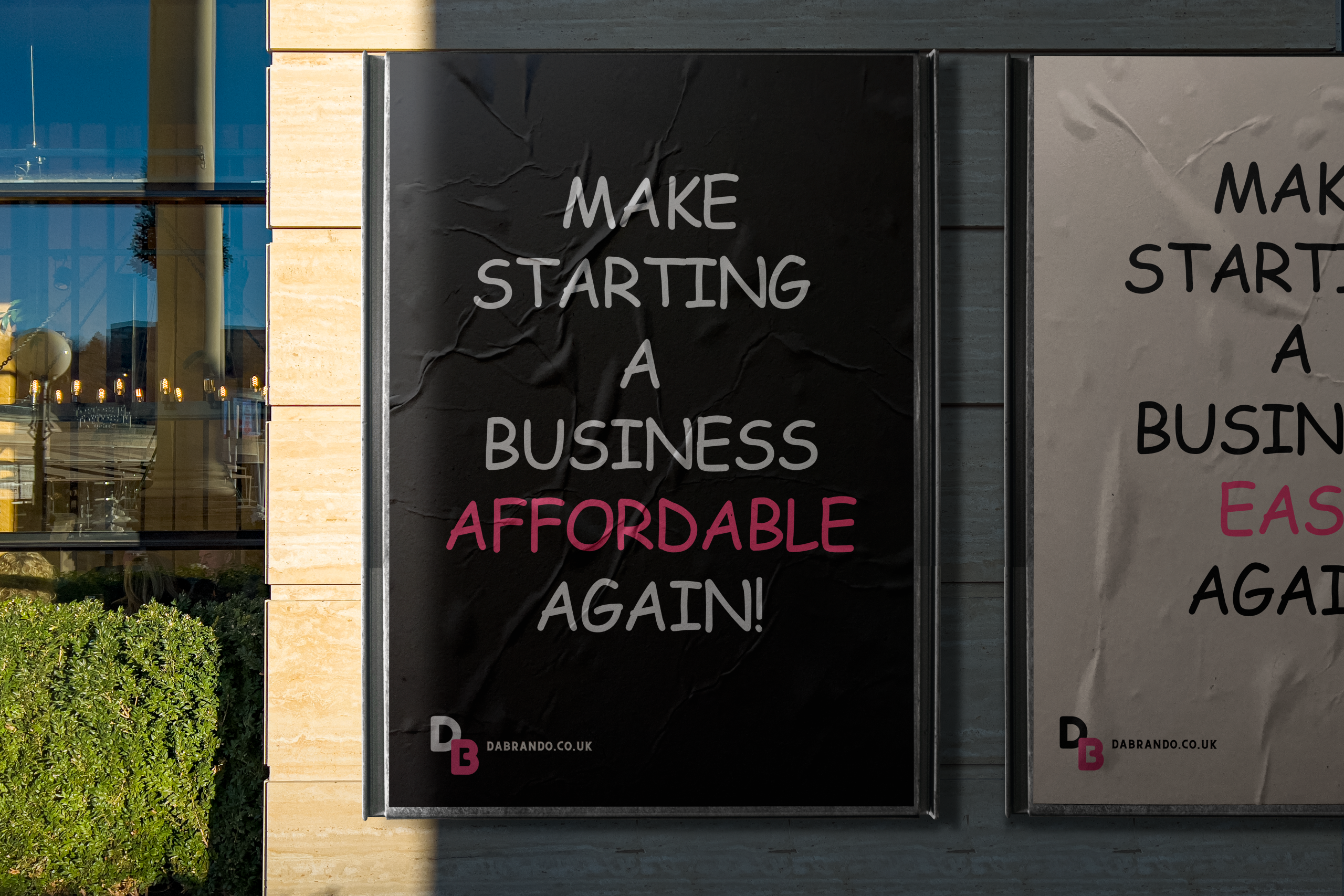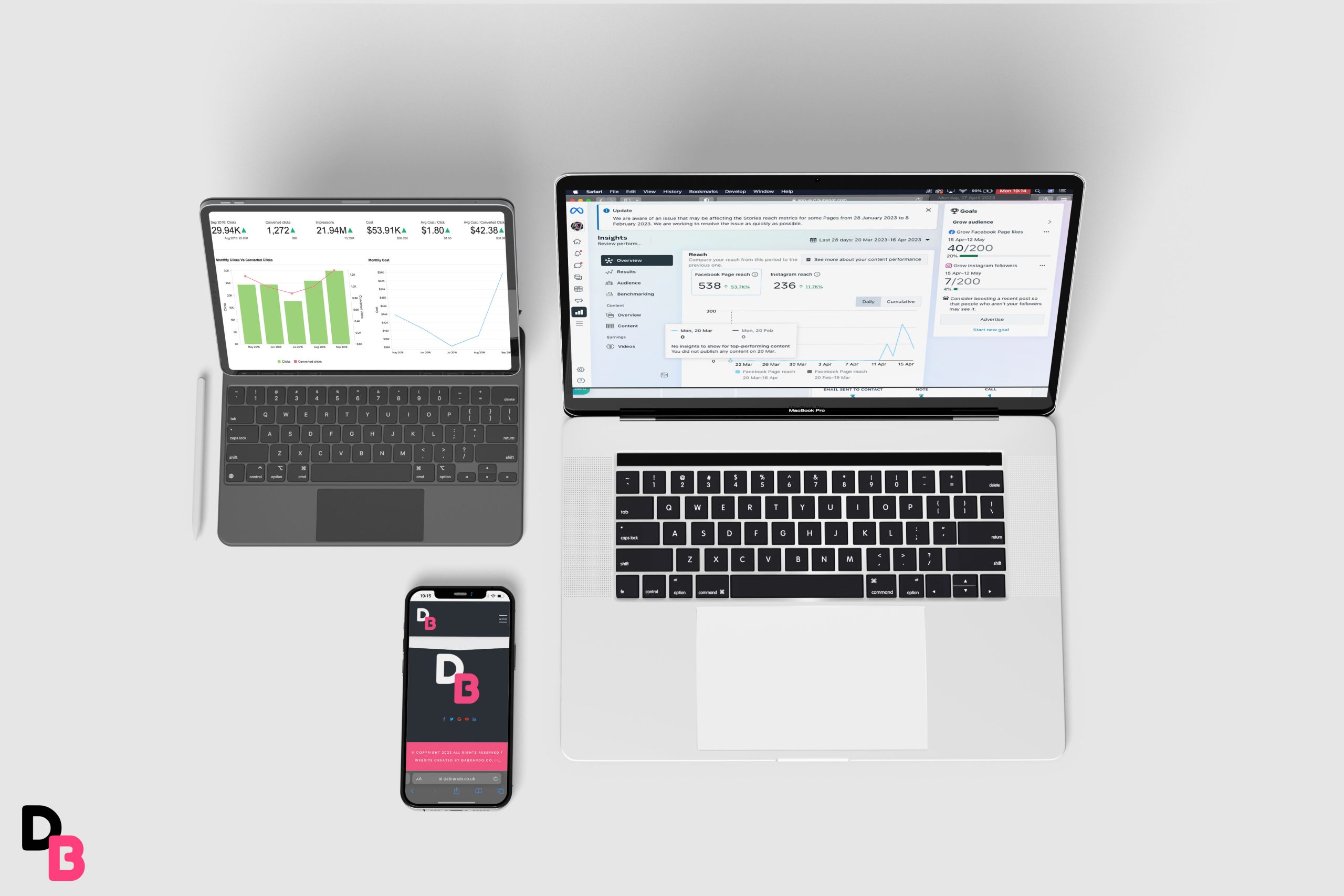How to Successfully Market Your Business in 2025: B2B and B2C Strategies
Whether you’re selling handmade candles online or managing an enterprise-level SaaS platform, one thing is true for every founder in 2025: you need to market smarter, not louder.

At Dabrando, we’ve worked with both scrappy startups and established players, helping them craft marketing strategies that don’t just look good — they deliver results. The truth? Marketing is no longer a one-size-fits-all solution. The way you approach B2B (business-to-business) is fundamentally different from how you tackle B2C (business-to-consumer), and if you don’t know the difference, you’re wasting money.
In this guide, we break down how to market your business successfully, with practical strategies tailored for both B2C and B2B. You’ll also get real examples of companies that nailed it — and how you can do the same.
The Fundamentals: What Every Business Needs First
Before diving into the B2B vs B2C split, here are the non-negotiables every business must have in place to stand a chance in today’s crowded market.
A Clear Brand Identity
Your brand isn’t just your logo. It’s the feeling people get when they hear your name. Your colour palette, tone of voice, fonts, photography, and messaging should all work together to make you memorable and trustworthy.
A Website That Converts
It’s not 2010 anymore. Your website should load fast, look good on mobile, and clearly guide visitors to take action — whether that’s booking a call, buying a product, or joining your email list.
An Active Digital Presence
Having no presence online is like running a shop with the lights off. Your audience needs to see you in the spaces they already spend time — and that starts with search engines and social platforms.
Part 1: How to Market Your Business to B2C Customers
If you sell directly to consumers, your marketing strategy needs to speak to emotion, identity, and convenience. Consumers buy based on how something makes them feel, how it fits into their life, or how it solves a specific pain point.
1. Build a Social Media Funnel
Start with engaging, relatable content that connects emotionally. Then move them toward conversion with retargeting ads, influencer collaborations, or limited-time offers.
Example:
Glossier grew from a beauty blog to a global cosmetics brand by building community first. They turned readers into product testers, then into ambassadors. Their Instagram is filled with user-generated content, not just product shots — and that creates trust.
Tactics that work:
- Consistent video content on TikTok and Reels
- Collaborating with micro-influencers who share your values
- Shoppable Instagram posts or product tags on Pinterest
2. Focus on SEO + Content
Use blog posts, YouTube videos, or how-to guides to get found on Google. Consumers often research before buying — and showing up when they search makes you the trusted expert.
Example:
Bloom & Wild, the UK-based flower delivery company, saw massive growth by publishing articles like “How to keep flowers fresh longer” or “Gifting ideas for new mums.” These kinds of posts generated organic traffic and built a loyal customer base.
Tactics that work:
- Blog posts targeting long-tail search terms
- YouTube tutorials featuring your product
- Optimising product pages with rich keywords and reviews
3. Use Email Like a Conversation
Forget email blasts. Segment your audience based on interest or purchase history and send tailored campaigns that feel like a 1-to-1 conversation.
Example:
ASOS sends cart reminders, size-based recommendations, and seasonal trends based on browsing history. It’s email marketing done right.
Tactics that work:
- Personalised product recommendations
- Abandoned cart flows
- Birthday or anniversary email offers
Part 2: How to Market Your Business to B2B Clients
Marketing to businesses is about logic, value, relationships, and results. Your clients want to reduce risk, improve performance, or make their job easier. They care about ROI, efficiency, and whether your service or product will move the needle.
1. Position Yourself as an Expert, Not Just a Vendor
In B2B, authority matters. That’s why content marketing, thought leadership, and speaking opportunities are incredibly powerful.
Example:
HubSpot exploded in the B2B SaaS world by giving away free value — blog posts, ebooks, webinars — all while subtly guiding users toward its CRM. Their strategy? Help first, sell later.
Tactics that work:
- LinkedIn articles and posts from your founder or leadership team
- Hosting or joining industry podcasts or webinars
- Downloadable guides and whitepapers that solve a pain point
2. Account-Based Marketing (ABM)
ABM means tailoring your marketing to the specific needs of a single company. You identify your dream clients, research them deeply, then create targeted campaigns that speak directly to their challenges.
Example:
A UK fintech startup sent personalised coffee gift boxes to the heads of finance at ten target companies, each box branded with the prospect’s name and a handwritten note. The result? Six meetings booked, three deals closed.
Tactics that work:
- Personalised LinkedIn ads
- Custom landing pages for each company or segment
- Direct mail combined with digital follow-up
3. Use Case Studies and Social Proof
B2B clients need evidence. They need to know others have trusted you and seen results. Create content that shows real numbers, client quotes, and detailed outcomes.
Example:
At Dabrando, one of our clients — a UK-based appointment setting agency The Sales Angels — saw a 3X increase in conversion rate after we redesigned their website and launched a new positioning strategy. That real-world result gave them proof to close bigger clients.
Tactics that work:
- Case study landing pages
- Client video testimonials
- Industry-specific success stories you can share in sales calls
Cross-Over Strategies That Work in Both B2C and B2B
Retargeting Ads
Someone visits your website but doesn’t convert? Retarget them on Facebook, LinkedIn, or Google with a specific follow-up message. This works in both business and consumer spaces.
Partnerships and Collabs
B2C brands can partner with lifestyle influencers or creators. B2B brands can co-host events, collaborate on whitepapers, or swap newsletter features.
Storytelling
Whether you’re speaking to a customer or a corporation, stories sell better than stats. Share how your brand started, how you’ve helped others, or what problem you’re here to solve.
Final Thoughts: Marketing That Connects, Converts, and Grows
There’s no magic bullet in marketing. But there is a formula: clarity, consistency, and connection.
Know who you’re speaking to. Show up where they are. Give them something valuable. And when they trust you, they’ll buy — and keep buying.
At Dabrando, we help businesses of every size create and execute marketing strategies that work in the real world. Whether you’re just launching or scaling up, we can help with brand identity, website development, campaign management, and content creation that builds awareness and drives results.
Ready to Grow?
Let’s build your brand, strategy, and sales pipeline — together.
Book a free strategy call with Dabrando
📧 Need help with marketing business? We only charge based on the results we bring clients, no retainers, no hidden fees!
Contact us today at grow@dabrando.co.uk or explore our services to learn more, or Book A Free Discover Call to get started today!





